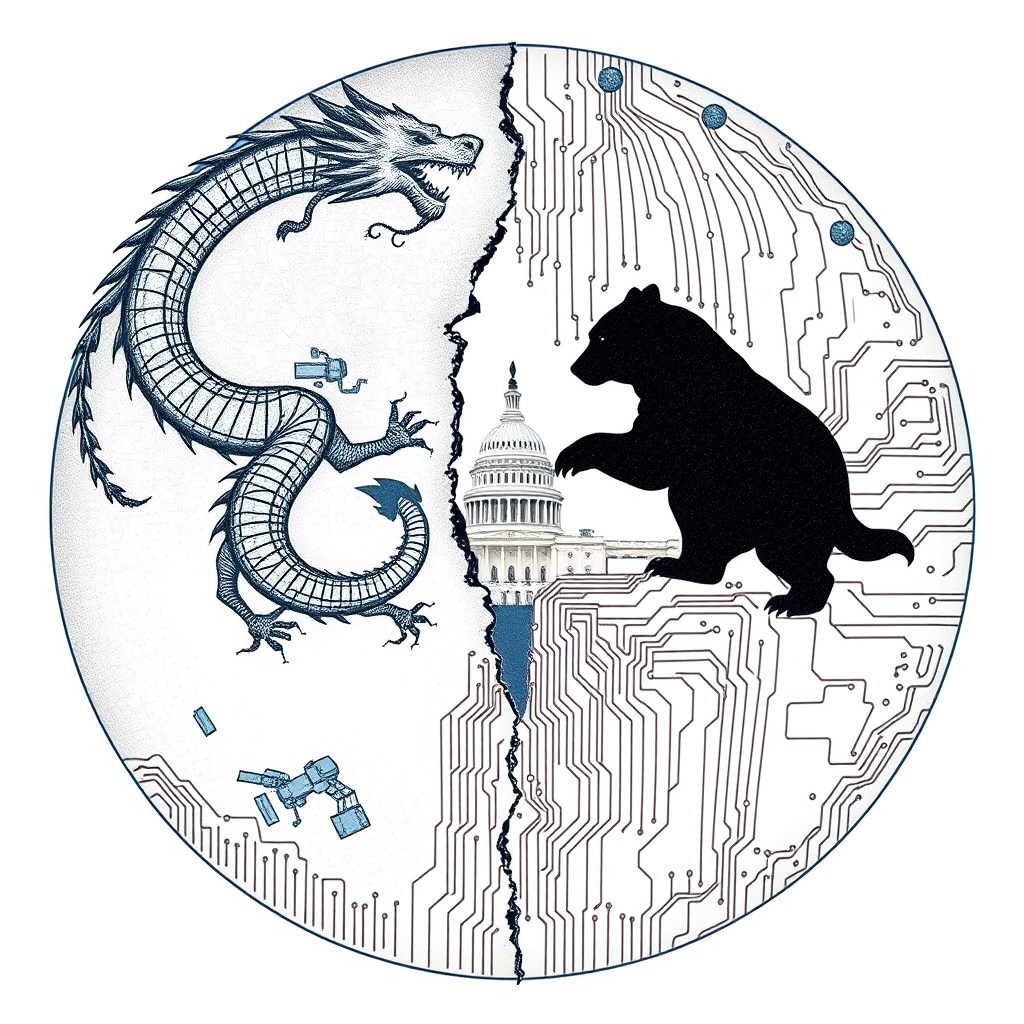Russia and China’s CI Nexus Threatens US Security

The escalating geopolitical rivalry between the United States and both Russia and China is fundamentally reshaping the landscape of counterintelligence, demanding a comprehensive overhaul of U.S. strategy. These nations aren’t simply engaging in traditional espionage; they’re conducting aggressive, multi-domain campaigns targeting U.S. institutions, technologies, and alliances, blurring the lines between intelligence gathering, economic competition, and potential conflict.
Historical precedent, particularly lessons gleaned from the Cold War, remain strikingly relevant. Cases like the Cambridge Five and the betrayals of Aldrich Ames and Robert Hanssen underscore the enduring importance of rigorous vetting, insider threat programs, and a layered defense against human vulnerabilities. Simply put, technical security is insufficient; the human element remains the most insidious and often exploited weakness.
China, in particular, has weaponized its legal system and economic power to facilitate large-scale intelligence gathering. The expanded definition of “state secrets” under the revised Counter-Espionage Law effectively criminalizes normal international interactions and provides a legal pretext for targeting foreign companies and individuals. This, coupled with talent-recruitment programs and a demonstrated willingness to steal intellectual property – evidenced by a 1,300% increase in related cases since 2010 – presents a formidable challenge. China’s approach is characterized by stealth, persistence, and a long-term focus on technological dominance, as seen in intrusions targeting critical infrastructure and the development of capabilities to disrupt U.S. assets in space.
Russia, while facing setbacks following the expulsion of numerous operatives in 2022, has proven remarkably adaptable. Shifting to the use of freelance saboteurs and leveraging cyber operations – exemplified by the SolarWinds breach – Russia continues to pursue a doctrine of “information confrontation” that combines espionage with influence operations. The recent arrests of individuals surveilling U.S. bases and planning attacks highlight the potential for kinetic escalation stemming from intelligence gathering. Russia’s demonstrated willingness to develop destructive capabilities in space, such as anti-satellite weapons, further underscores the escalating risks.
Despite their distinct approaches, both Russia and China are converging on similar tactics: utilizing proxy operations, compromising supply chains, and contesting space as a critical domain for intelligence gathering and potential conflict. This necessitates a fundamental shift in U.S. counterintelligence strategy.
A reactive, ad hoc approach is no longer sufficient. The U.S. must adopt a proactive, cross-domain strategy that integrates lessons from the Cold War with contemporary analytics and leverages the capabilities of the private sector. This requires enhanced vetting procedures, including psycholinguistic analysis and financial anomaly detection; the expansion of offensive counterintelligence capabilities; and proactive engagement with diaspora communities to counter coercion and facilitate voluntary reporting.
Crucially, the U.S. must prioritize cybersecurity, adopting a zero-trust architecture and fostering public-private partnerships to share threat intelligence and implement proactive cyber deception. Protecting space-based assets requires redundancy, reconstitution capabilities, and on-orbit deception techniques.
Furthermore, integrating counterintelligence into all levels of government and fostering allied reciprocity through the sharing of raw threat data are essential. Investing in a skilled workforce, providing language training, and utilizing artificial intelligence to analyze vast datasets will be critical.
The Russia-China intelligence threat isn’t a short-term obstacle; it’s a long-term struggle for global influence. While technology plays an increasingly important role, the fundamental dynamics remain rooted in human vulnerability. A resilient, integrated, and proactive counterintelligence architecture, informed by historical lessons and adapted to the challenges of the 21st century, is essential to safeguarding U.S. national security. The U.S. must recognize that this is not simply an intelligence battle, but a competition for technological and strategic dominance, and act accordingly.